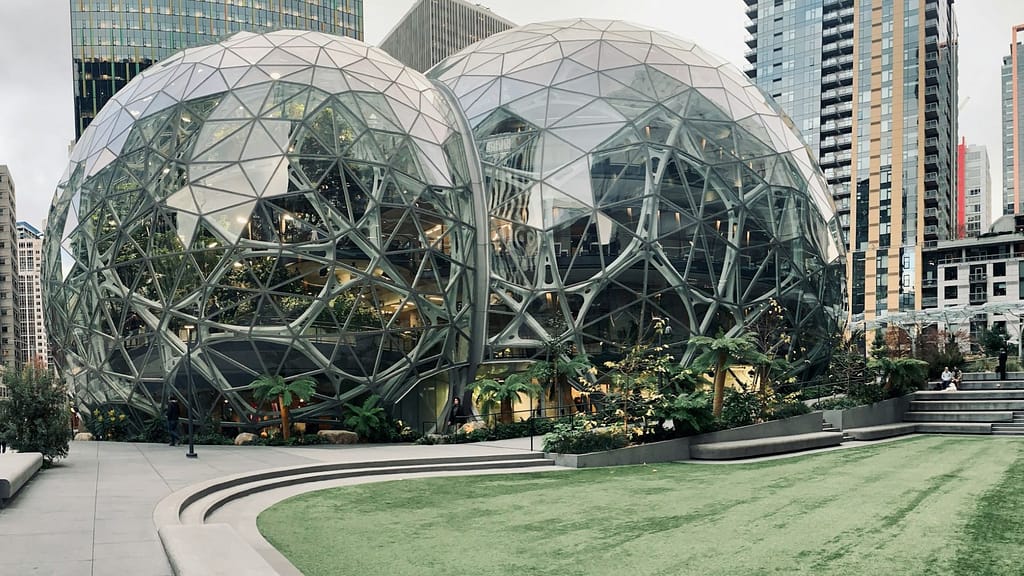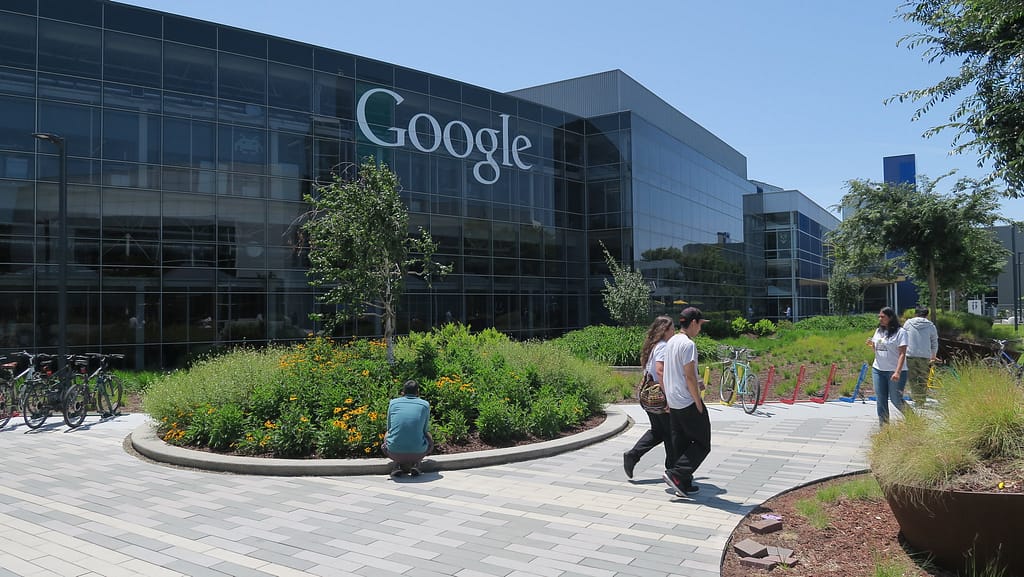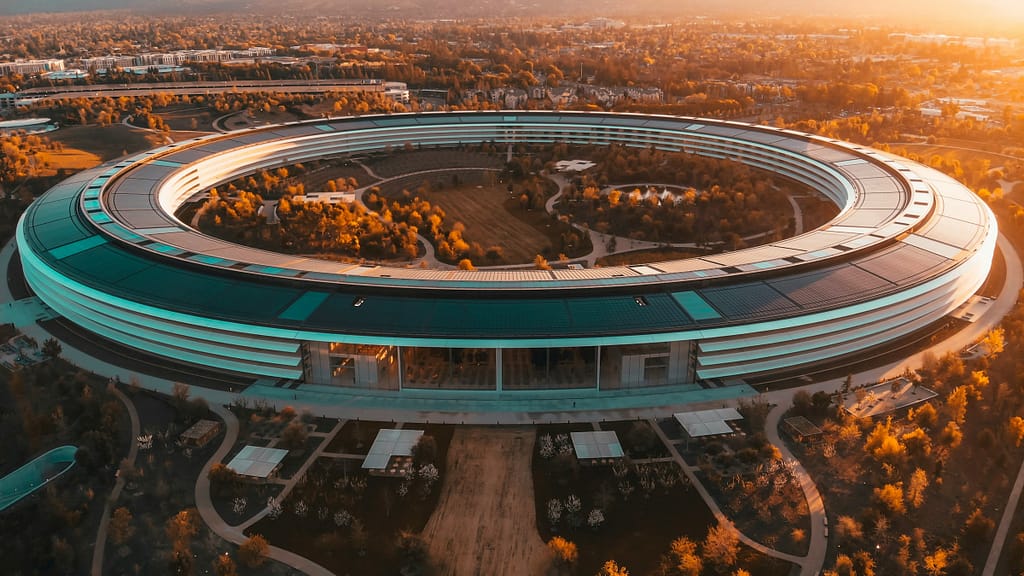In today’s fast-paced IT industry, where technological advancements occur at breakneck speeds, a surprising and refreshing trend is gaining traction: biophilic design. This design philosophy, which seeks to incorporate natural elements into built environments, is not merely an aesthetic choice but a holistic approach that significantly enhances the well-being and productivity of employees. At its core, biophilic design is about creating spaces that foster a deeper connection between humans and nature, and this integration is proving to be incredibly beneficial in modern IT workspaces.
Understanding Biophilic Design
Biophilic design is founded on the concept of biophilia, which refers to the innate human affinity for the natural world. Coined by biologist E.O. Wilson in the 1980s, biophilia suggests that humans have an inherent desire to connect with nature. This connection can manifest in various ways, such as through direct exposure to natural elements or indirect references to nature in design and architecture.
The principles of biophilic design emphasize the incorporation of natural light, plants, water features, and organic materials into indoor environments. These elements are carefully integrated to create spaces that not only look appealing but also feel restorative and rejuvenating.
The Science Behind Biophilic Design
Numerous studies have demonstrated the positive impact of biophilic design on human health and productivity. Here are some key findings that highlight the benefits of incorporating natural elements into workspaces:
- Enhanced Well-being: Exposure to natural elements has been shown to reduce stress levels and improve overall mood. A study by the University of Exeter found that employees working in environments with natural elements reported a 15% higher level of well-being compared to those in conventional office settings.
- Increased Productivity: Natural light and views of nature can significantly boost productivity. Research conducted by the California Energy Commission revealed that employees with access to natural light were 18% more productive than those without. Additionally, a study by the University of Illinois found that workers in biophilic environments showed a 12% increase in task performance.
- Improved Cognitive Function: The presence of plants and natural materials can enhance cognitive function and creativity. A study published in the Journal of Environmental Psychology found that employees with a view of nature performed better on tasks requiring focus and memory retention.
- Reduced Absenteeism: Healthier work environments lead to fewer sick days. A study by the American Society of Interior Designers found that employees in biophilic offices had 10% fewer sick days, contributing to significant cost savings for companies.

Practical Applications of Biophilic Design in IT Workspaces
Integrating biophilic design principles into IT workspaces can be both simple and transformative. Here are some practical ways to incorporate natural elements into the office environment:
- Maximize Natural Light: Design open floor plans and use glass partitions to allow natural light to penetrate deep into the workspace. Position workstations near windows to ensure employees have access to daylight, which can improve mood and energy levels.
- Introduce Indoor Plants: Adding a variety of indoor plants can improve air quality and create a calming atmosphere. Consider using vertical gardens, potted plants, or even small desk plants to bring a touch of greenery into the office.
- Use Nature-Inspired Materials: Incorporate natural materials such as wood, stone, and bamboo in office furniture and decor. These materials can create a warm and inviting environment that contrasts with the often sterile feel of modern office spaces.
- Create Outdoor Work Areas: If possible, design outdoor workspaces or green rooftops where employees can take breaks and enjoy fresh air. These spaces can serve as areas for relaxation, collaboration, and inspiration.
- Incorporate Water Features: The sound of flowing water can have a soothing effect and enhance the ambiance of the office. Consider adding water features such as fountains or aquariums to create a more tranquil environment.
- Use Nature-Inspired Artwork: Incorporate artwork and decor that depict natural scenes or use colors and patterns inspired by nature. This can provide visual cues that remind employees of the natural world, even in an urban setting.
Case Studies: Successful Implementation of Biophilic Design
Several companies have successfully integrated biophilic design into their workspaces, leading to notable improvements in employee satisfaction and productivity. Here are a few examples:
- Amazon’s Spheres: Amazon’s Seattle headquarters features The Spheres, a trio of glass domes filled with thousands of plants from around the world. These indoor gardens provide employees with a unique space to work, relax, and reconnect with nature.

- Google’s Green Offices: Google’s offices are known for their innovative use of biophilic design. The company’s Zurich office features indoor trees, green walls, and plenty of natural light, creating a workspace that feels more like a park than a traditional office.

- Apple Park: Apple’s headquarters in Cupertino, California, is designed to blur the lines between the indoors and outdoors. The building features extensive landscaping, natural light, and open spaces that encourage employees to move around and interact with their environment.

The Future of IT Workspaces
As the IT industry continues to evolve, the integration of biophilic design principles represents a forward-thinking approach to creating healthier, more productive work environments. By “Capturing Nature for IT,” companies can foster a deeper connection between their employees and the natural world, leading to greater innovation and success.
The benefits of biophilic design extend beyond the individual to the organization as a whole. Companies that invest in creating nature-inspired workspaces can expect to see improvements in employee retention, engagement, and overall performance. Furthermore, these companies can position themselves as leaders in sustainable and employee-centric workplace design.
Conclusion
Incorporating biophilic design into modern IT workspaces is more than just a design choice; it is a strategic decision that can enhance employee well-being, boost productivity, and create a more sustainable work environment. By embracing the principles of biophilic design, IT companies can create spaces that not only support their employees’ health and happiness but also drive innovation and success.
At Perpova Developers, we are committed to integrating the tranquility and beauty of nature into our innovative solutions. By capturing the essence of nature in our workspaces, we aim to create an environment where technology and nature coexist harmoniously, benefiting both our employees and the broader environment.